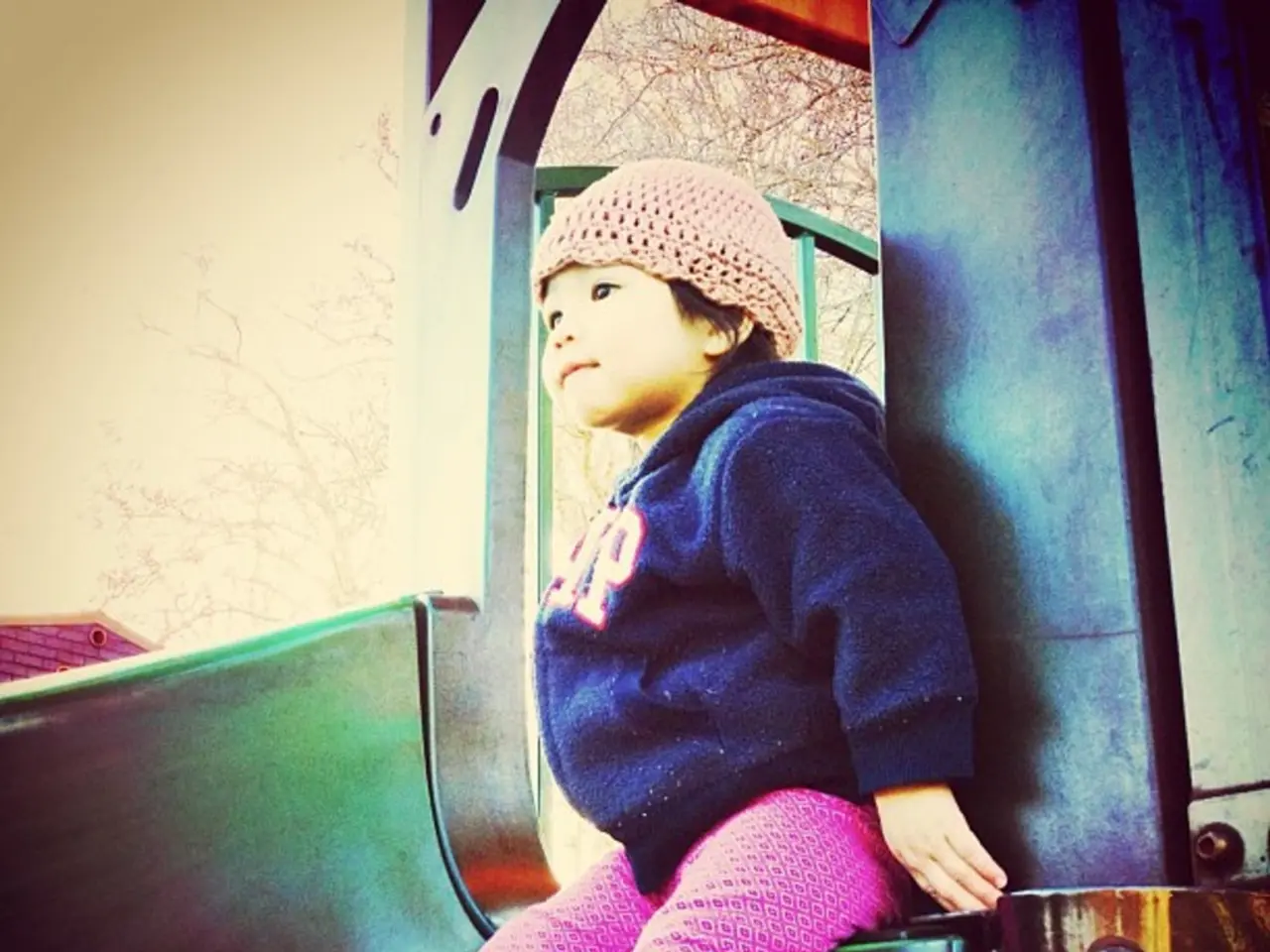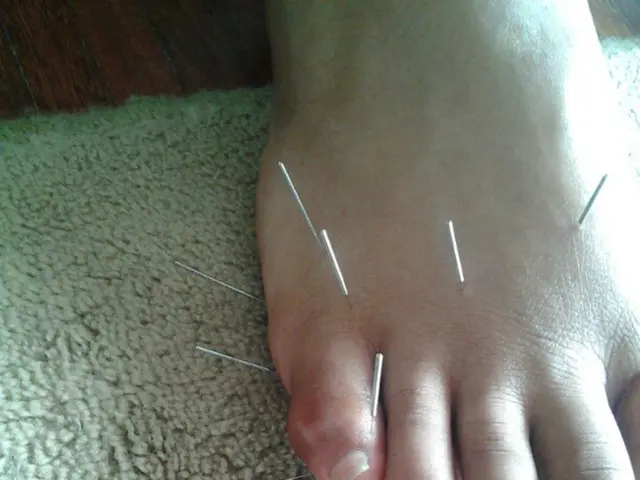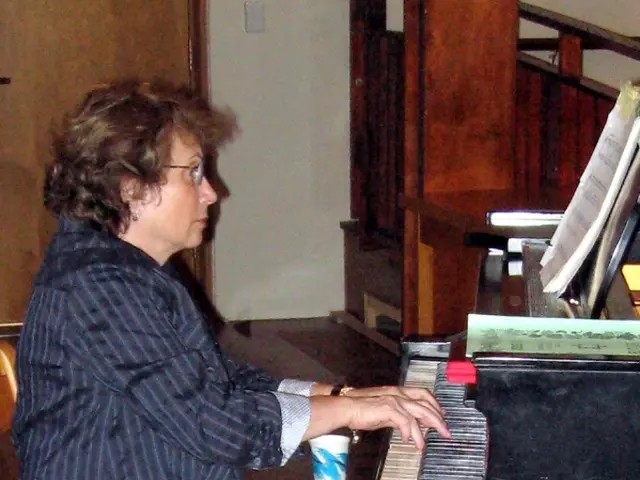Guidelines for Nurturing a Child with SMA: Ensuring Prosperity from Infancy to Age 2
Spinal muscular atrophy (SMA), a disabling genetic condition, presents significant challenges for babies and their caregivers. The disease is characterized by progressive muscle weakness, particularly affecting motor neurons responsible for movement, breathing, swallowing, and feeding [1][2][3].
This leads to key health challenges such as difficulty breathing, swallowing (bulbar dysphagia), feeding, malnutrition, and respiratory complications. In severe cases, those with SMA types 0 and 1 may require enteral nutrition support and mechanical ventilation due to compromised bulbar and respiratory muscle function [1][2][3].
To support their growth and development, caregivers can take several steps. Providing respiratory support, as needed, including suctioning to clear secretions and mechanical ventilation in severe cases, is crucial [1]. Assisting with feeding difficulties through the use of enteral nutrition (feeding tubes) when oral feeding is unsafe or insufficient is also important [1].
Early treatment with FDA-approved medications like risdiplam can improve motor function and survival when started early, even presymptomatically [3]. Physical therapy and supportive care are also essential to maintain muscle function and prevent complications like contractures and scoliosis, common in SMA types 2 and higher [2].
Working closely with multidisciplinary care teams, including neurologists, pulmonologists, nutritionists, and therapists, is vital to monitor and address complications promptly.
Supporting developmental milestones may require tailored interventions due to the muscle weakness impacting movement. However, early medical treatment and consistent supportive care significantly improve outcomes and quality of life [3][4].
Assistive technologies, such as standers, cough assist machines, food thickeners, BiPAP machines, orthopaedic braces, adaptive strollers, voice-operated lights, car beds, AAC devices, feeder seats, and adaptive eating utensils, will be essential for a child's SMA care plan.
SMA treatments, many of which did not exist a decade ago, are prolonging children's lives and ability to function. A supportive network, including friends, loved ones, and other SMA caregivers, is essential for caregivers of a child with SMA. Organisations like Cure SMA and the Muscular Dystrophy Association offer information, experience, and empathy to SMA and neuromuscular disorder caregivers.
References: [1] National Institute of Neurological Disorders and Stroke. (2021). Spinal Muscular Atrophy Information Page. Retrieved from https://www.ninds.nih.gov/Disorders/All-Disorders/Spinal-Muscular-Atrophy-Information-Page [2] Muscular Dystrophy Association. (2021). Spinal Muscular Atrophy. Retrieved from https://www.mda.org/disease/spinal-muscular-atrophy [3] Cure SMA. (2021). About SMA. Retrieved from https://www.curesma.org/about-sma/ [4] National Institutes of Health. (2018). Spinal Muscular Atrophy: Hope Through Clinical Trials. Retrieved from https://www.nih.gov/news-events/nih-research-matters/spinal-muscular-atrophy-hope-through-clinical-trials
Read also:
- Inherent Skills Know No Bounds, Yet Access to Employment Remains Unequal: Suggestions for a More Equitable Job Market of the Future
- Affordable supermarket purchases from dollar stores are not sabotaging typical American nutritional habits, according to research findings
- Impact of Chronic Stress on Cognitive Function and Brain Integrity Over Time
- Subaquatic Education Bundle






